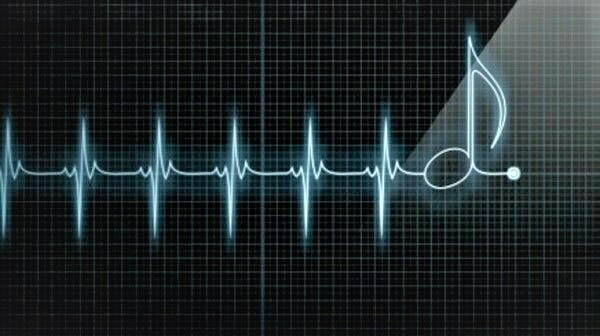Rhythm plays the key role in learning Morse code as pitch and timbre (as in music and language) are not varied.
Koch reported on the Bucher 1924 report, Work and Rhythm, which found the rhythm which is created by the sequence of the signals in a certain tempo can also have a favorable influence on the performance, if the learning conditions make these effects favorable.
In her 2Ø15 thesis, Mohapp explored the transferable attributes of rhythm perception in music as a teaching and learning mechanism for Morse code. Mohapp’s review of wartime techniques used by the Women’s Royal Australian Naval Service to expedite and enhance learning code with the aid of music strongly suggests musical rhythm positively influenced the skill acquisition of Morse code.
For help in better understanding the rhythm of Morse code we turned to acclaimed orchestra conductor Johannes Stosch KI6M. Johannes believes the ear is the best teacher. Like learning a language or learning to play an instrument, repetition, and listening to good code makes the difference.
Johannes acknowledges the symmetry and harmonics of Morse code but rejects their importance since pitch remains constant. The dits are not at a higher frequency than the dahs. Rather than pitch, he believes rhythm is key. Not so much the rhythm of individual letters, since they are all different in length and don’t line up with a steady beat (metronome). However, words have distinct rhythms – similarly to language – and pop out to him. For example, abbreviations like RST, FER, BK, AS, SK, and callsigns were the first to jump out at him. Rather than music that relies much on pitch, acoustics, and timbre, the rhythmic element, especially for words, are what is most applicable. When learning a new language, we don’t get stuck on letters but words and phrases. We model the sound we hear, may retain an accent, but try to replicate as best as we can. Memorization plays a role. In the end, it is practice. In music, we talk about 1Ø,ØØØ hours required to achieve mastery. It is probably the same with confident, high-speed, reliable CW sending and receiving.
Rhythm undoubtedly plays the key role as pitch and timbre (as in music and language) are not varied.
THE DIFFERENCE BETWEEN RHYTHM AND BEAT:
Beat is the unchanging tempo of a piece (like a metronome). It’s the beat you would naturally tap your foot to. Rhythm is the pattern in which the notes of the piece move. Rhythm is the variable length and accent given to a series of notes in a piece. The length of Morse characters and words is always varied. They do not align with a steady beat. Code is like rhythm, not beat.
Enhancing Learning CW with Rhythm
Go Deeper:

